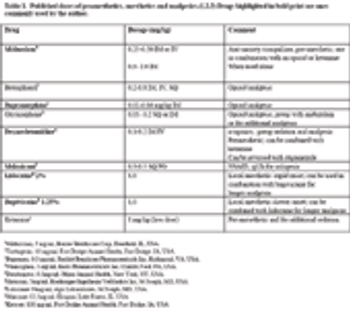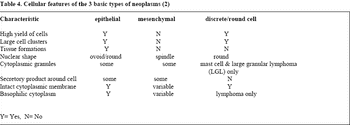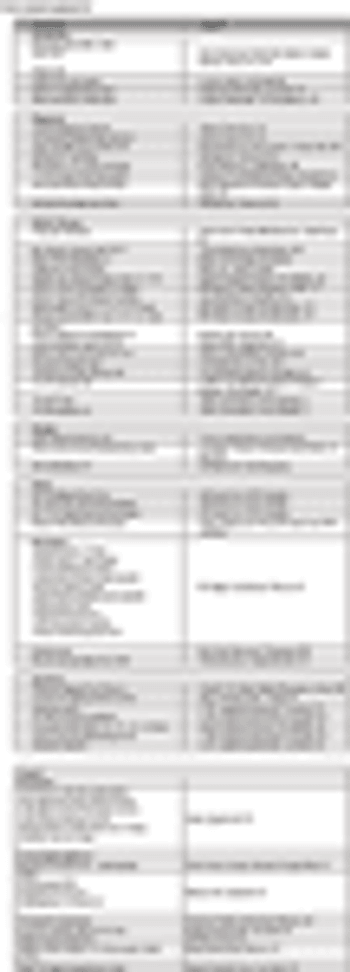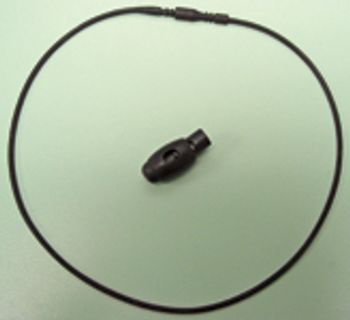
A mid-morning e-mail query from Dr. Craig Harms alerted me to the possibility of impending deployment to the Gulf of Mexico area for oiled sea turtle triage, treatment, and rehabilitation. Apparently the veterinary support for the Audubon Nature Institute's effort was about to head home and a relief team was needed pronto to provide clinical continuity.






